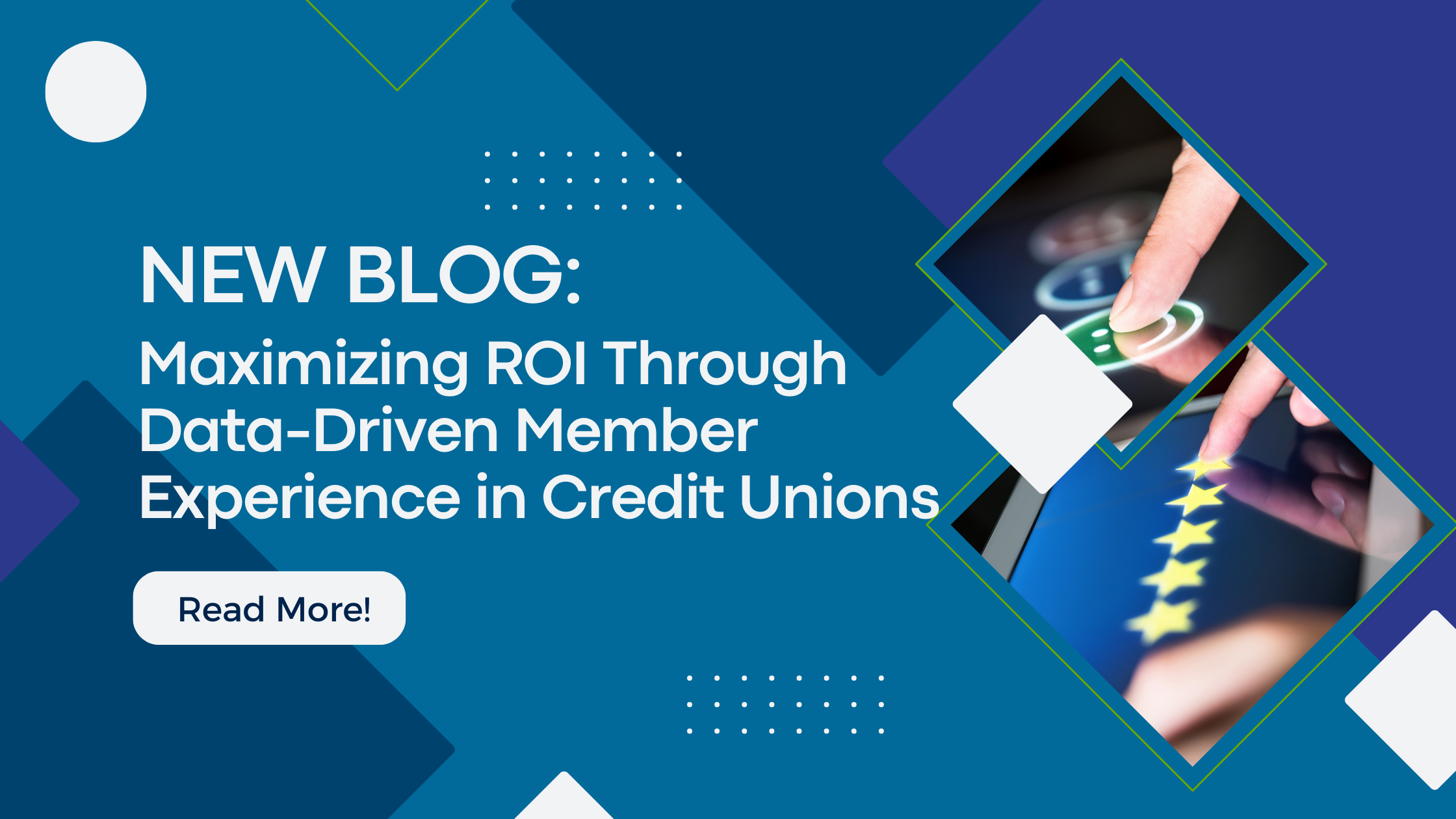Recently, a credit union reported an NPS score of 85. For reference, the average credit union NPS is in the mid-40s. A good NPS is in the 60s. So sure, 85 is possible, but it warrants further examination.
It didn’t take long to find the reason behind such a high score. It had to do with survey language. The way the question was asked changed how people responded.
Learn about a few common survey language mistakes below!
Standard Metrics Need Standard Language
Metrics like Net Promoter Score (NPS) and Customer/Member Effort Score (CES/MES) are used reliably across so many industries. They work because they limit as many variables as they can.
The easiest variable to eliminate is the language of the survey question. It should always read:
How likely is it that you would recommend this company/product/service to a friend or colleague?
The available answer should always be a simple 1–10 scale, with 1 meaning “very unlikely” and 10 meaning “very likely.” It’s okay to slightly change the question and answer to fit, but only as appropriate.
Changing the language of the question changes the question. If you ask, how did you like this company/product/service, you’re asking a different question! You can’t compare the two!
The credit union with an NPS of 85 changed both the question and the answer language. The question was something like, how are we doing? And the available answers were great, OK, and not good.
You can see how a simple change in survey language might yield very different results!
Other Survey Language Pitfalls
When putting together a survey, it’s very possible—and common—to inadvertently include ambiguous or difficult language. These will reduce the accuracy of your results. Here are a few things to look out for:
1. Different Interpretations
People will interpret words differently. For example, if you ask, do you visit our branch often?
You may get many “yes” answers that all mean different things. One person might think “often” means “a few times per year.” Another might think “often” means “weekly.”
A better question might be, how many times do you visit our branch each month?
2. Difficult Language
Anyone who takes the time to fill out a survey is doing you a favor. Make things as easy as possible for them. Don’t use big words. Don’t use 10 words when 5 will do. For example:
Instead of: If it were available, do you think you would utilize a state-of-the-art, AI-powered chatbot to help you navigate our website?
Simplify with: Would you use a chatbot to find things on our website?
3. Asking Too Much (Literally)
Compound questions—also called double-barreled questions—ask two or more things in single question. They make people unsure of how to answer accurately. For example:
Do you use online and mobile banking?
The question could easily ask about online banking first, and then follow with a second question for mobile. People who use only mobile banking—and vice versa—might not know whether to say “yes” or “no.”
4. Fearing Criticism
Sometimes, surveys present only the answers they want to see. This skews results by preventing respondents from selecting answers that might make your institution look bad. Like this multiple-choice question, for example:
Question: How do you like our new debit rewards program?
Answer 1: I love it!
Answer 2: I like it!
Answer 3: It’s OK.
It would be difficult to get useful data from the question above. Even including a fourth, negative option would retain the positive bias!
Ready to Create Your Own Credit Union Surveys?
Livesurvey is the only survey platform that works directly with your core to optimize your member experience strategy. Within minutes of a transaction (branch visit, loan application, etc.), the Livesurvey platform automatically sends a survey to the member.
Or, if you want to see how we compare to the competition, click here.





